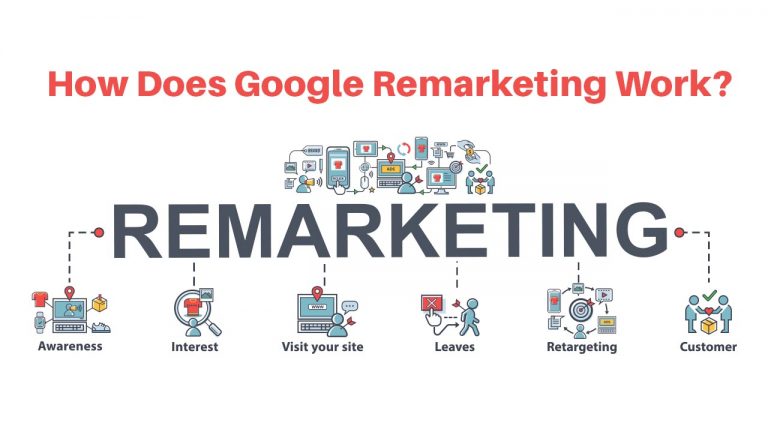Marketing has one sole purpose — to sell.
Strategically positioning your ads in front of your potential consumers is simply one of the many ways to introduce your brand to the market. While traditional advertisements such as print ads, TV and radio commercials, and other tangible marketing tools still have their place in marketing and still up to this day, companies may tend to rely on chance for their consumers to see your brand.
With the majority of the people having their presence online for various reasons, companies need to also be where the people are in order to engage their products in the market. And apparently, the Internet has been one huge market that everyone is engaging in today.
Brands should be able to reach consumers wherever they are in order for their audience to be aware of the brand. To make that happen, your brand should be able to establish a strong online presence. With digital marketing tactics that you can use today, you can now place your ads about your products on platforms where your customer can see them.
Today, brands no longer have to rely on a chance encounter to get their products and services noticed by their customers. With various digital marketing tactics, advertisements now follow customers around the Internet. Although this may sound a tad creepy, digital marketers use several remarketing platforms to appeal to potential consumers.
Another goal of marketing is to help you stay right at the top of your customers’ minds. Remarketing is a simple solution to do that. In this article, we’ll take an in-depth look at how Google remarketing works for your brand’s campaigns.
What is Remarketing?
Remarketing is basically a way to interact with people who previously visited your platform or website. Not all who see the ads automatically convert into actual paying customers. Not all who visited your website will make a purchase right away. In fact, the majority of the people who reach your website for the first time will probably leave the pages quickly. However, this marketing method will help you establish your online presence. Strategically positioning your ads to Google and its partner websites will get your audience to see your brand more often which will eventually get them curious about what you are offering and finally make a purchase.
There are several remarketing platforms out there, but Google remains one of the most powerful remarketing platforms that every online marketer should take part in.
Just like traditional PPC marketing, it uses the same technique which your ads can be displayed in relevant places across the Internet while only paying for the ad’s cost once someone clicks on it. Pairing it with the best keywords and segment, you can get your ads to be seen by your audience and send out the best possible message.
Ultimately, remarketing is a strategy that places your brand on platforms where both existing and potential customers visits the Internet. The returns of online marketing usually take time and in the long run, remarketing can lead to higher conversion rates.
How do remarketing works?
Remarketing involves placing a remarketing tag on your website which are placed strategically on all your website pages and on specific products or services your site offers. For an effective remarketing result, you will want to place these tags on products or services that people naturally would want to purchase, or products that have a lot of competition in the market. Even with the remarketing tags, expect for your customers to not buy your offers the first time they visit your page.
Remarketing in simple steps:
STEP 1: User visits your website
STEP 2: User leaves and is tracked
STEP 3: Users see ads everywhere
STEP 4: Users clicks the ad
STEP 5: Users revisits the site and make a purchase
Remarketing is relatively easy to set up on your website.
When you browse on different websites, chances are you’ve seen something pop-out on the screen asking you permission to accept or decline about some “cookie policies”. If you click accept on one of these pop-ups, you are actually giving permission for the website you’ve visited to remarket you.
When Google Remarketing tags, also known as pixels, are embedded in your website, a cookie is left on the user’s browser once they visit a page on your website. This will then trigger your targeted ads through the Google Display Network when they visit other relevant websites. You can get the tags customized and choose how you want to target your audience with your ads. You can show Google ads to your site visitors while they browse to other Google partner sites in the Google Display Network.
How to Remarket Your Ads to Your Customers
Start your first remarketing campaign by targeting basically everyone who visits your pages. In terms of cost, this increases your Google remarketing costs since more users are targeted by your campaign. However, once you know your target audience, you can narrow down the scope of your Google ads which will lower your cost per click and will increase your ad relevancy.
If you have an e-commerce business that sells all kinds of stuff, and it’s summer, you might want to create targeted ads on inflatable pools and remarket your audience on people who visit your site pages where you display inflatable toys and pools. With this strategy, you can show specific visitors your targeted display ads about your product. You can draw your visitors back to purchase by doing various offers such as discounts and other marketing promos that may catch their interest.
The Benefits of Remarketing
Remarketing is a cost-effective and reliable way that allows brands to connect to their audience until they are ready to make a purchase. Eventually, this digital marketing method efficiently increases conversion rates in the long run, if employed correctly.
Since it is like PPC, you don’t really have to pay a lot for your ads to be displayed around the Internet and you won’t have to compete with keyword placement in Google Search. At the same time, this strategy help increase your brand’s online presence without breaking a bank.
Remarketing is a very effective way to reach customers and at the same time acquiring hard data on how your ads perform which eventually helps you improve your future ads.
How Much Does Google Remarketing Cost?
Google remarketing campaigns are one of the most cost-effective strategies that any advertisers can do for all types of businesses. The costs for such campaigns depend on how you want to customize your targeted ads. If you want to lower your remarketing cost, you need to determine who your target consumers are. That way you can direct your highly targeted marketing ads to your potential consumers who are likely to buy your products given that effective ad placement is employed.
The cost may also vary on the type of industry you are promoting. Search ads (which employ keywords), that are for highly-competitive industries cost more per click ($50 or more per click). Just like PPC ads, you only pay once your ads are clicked.















